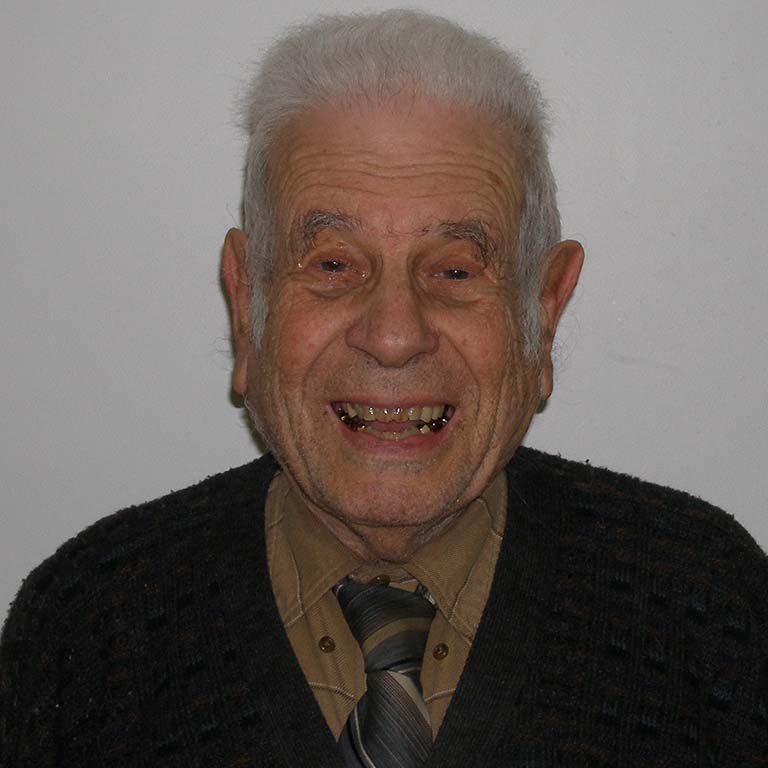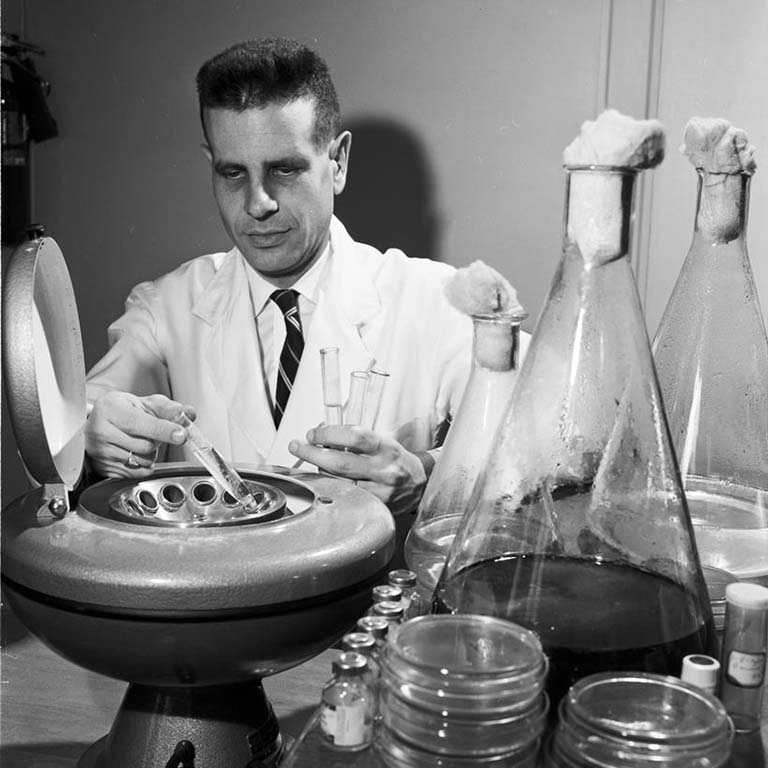The following information about Professor Emeritus Gene Weinberg was extracted from his IU Biology faculty profile.
Education
Ph.D., University of Chicago, 1950
Awards
- 1974 Amoco Award for Distinguished Teaching, Indiana University
- 1978 Fellow, Indiana Academy of Science
- 1983 President, IU-B Chapter, American Association of University Professors
- 1983 Two research papers were selected by editor of Benchmark Papers in Microbiology for inclusion in volume 19
- 1984 Foundation for Microbiology Lecturer, American Society for Microbiology
- 1986 Traveling Fellow, Victoria (Australia) Society for Microbiology
- 1988 Inaugural Recipient of the Academic Scientific Achievement Award of the Indiana Branch of the American Society for Microbiology
- 1989 Indiana University Breneman Lecturer
- 1995 Indiana University Distinguished Faculty Research Lecturer
Principal research areas
Roles of trace metals and phosphate in control of secondary metabolism.
Iron as a notable risk factor for microbial and viral infection, cancer, cardiovascular conditions, arthropathy, osteoporosis, and an extensive array of endocrinological, neurodegenerative and pulmonary diseases. The metal is toxic by catalyzing generation of hydoxyl radicals as well as by serving as a growth-essential nutrient for invading microbial and neoplasmic cells.
Development of iron chelator drugs that might be able to remove toxic iron from specific disease sites.
Refereed publications
200 (60 since retirement in 1992)
Area of continuing health education
Providing current scientific knowledge (to health care providers and consumers) of methods for prevention of iron loading and of therapy of iron mismanagement.
Introductory text from Weinberg’s 1996 Distinguished Faculty Research Lecture
Beginning in the 1960s Professor Weinberg was among the first scientists to advance the concept that humans and animals protect themselves from invasion by microbes and cancer cells by withholding iron from the invaders. For over a quarter century he has been at the forefront of his field, assimilating results from many research areas, developing a unified understanding of the data, and opening new areas of investigation. He is praised by his colleagues not only for being one of the first to recognize the relationship between iron and disease but also for nurturing its acceptance by the scientific community during its difficult early years. For years he spoke and wrote whenever possible and to whomever would listen and bore the brunt of criticism, some rather unkind, from those who disagreed.
Professor Weinberg is widely regarded as a rare scientist who is not only brilliant and energetic but who possesses the gift of boldness to see things in new ways. He is respected for his extraordinary ability to propose new models and generate ideas that push back the frontiers of knowledge and open new areas of investigation. Virtually every serious student of host-pathogen interactions recognizes Professor Weinberg’s name and has read his papers and heard him speak. He has inspired generations of students and fellow researchers with his enthusiasm, zeal, and creativity and is appreciated for his lucid contributions at symposia and international meetings.


 The College of Arts
The College of Arts